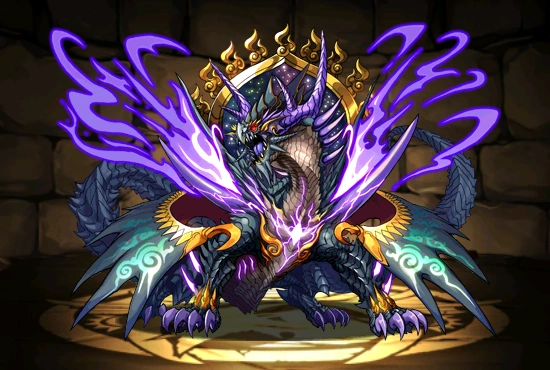This week's myth comes from the Vietnamese people - or, more accurately, the Vietnamese people come from this myth. It is the origin story of the Vietnamese and their 100 clans.
It all begins with Lac Long Quan's grandparents. His grandfather, King Minh, was himself descended from the son of a princess and a heavenly dragon, and King Minh met and married the beautiful immortal Lady Vu. King Minh and Lady Vu had a son, Loc Tuc, and the King hoped that Loc Tuc would rule over the kingdom. However, the kindly Loc Tuc wanted his brother Nghi to inherent, so the kingdom was split in half.
Loc Tuc ruled over the south, and one day met Long Nu, a daughter of a dragon. The two had a son who would become known as the great Lac Long Quan. Lac Long Quan had magical qualities, most notably living underwater, but perhaps his greatest ability was his benevolent rule. He brought order without cruelty, and always worked for his people. Unfortunately, his uncle Nghi had given birth to a very different son. Lac Long Quan's cousin King Lai ruled over the north, and one day found out that Lac Long Quan was spending time underwater. King Lai took advantage of this opportunity and began to oppress the south, abandoning his lovely wife Au Co to do so. At that time, the people of the south called out to Lac Long Quan and he appeared, seeing Au Co and falling in love immediately. She loved him in turn, and eventually gave birth to a sack of 100 eggs, each of which grew into a handsome son. But Lac Long Quan still had to travel back and forth to his underwater realm, and Au Co grew to miss her mountain home, so despite their love they eventually parted, with each taking 50 sons to their homeland.
Rachel's drawing of Lac Long Quan highlights his connection to the sea, with waves crashing around him.
The main inspiration for this dragon is the Asian Vine Snake, or Ahaetulla, pictured below. Not only do they have unique "flat" looking bodies, but their eyes are keyhole shaped, an extremely unique shape in the reptile world.
From http://www.backwaterreptiles.com/images/snakes/Asian-vine-snake-for-sale.jpg



_from_mid-elevation%2C_Mt._Cagua_-_ZooKeys-266-001-g075.jpg)








